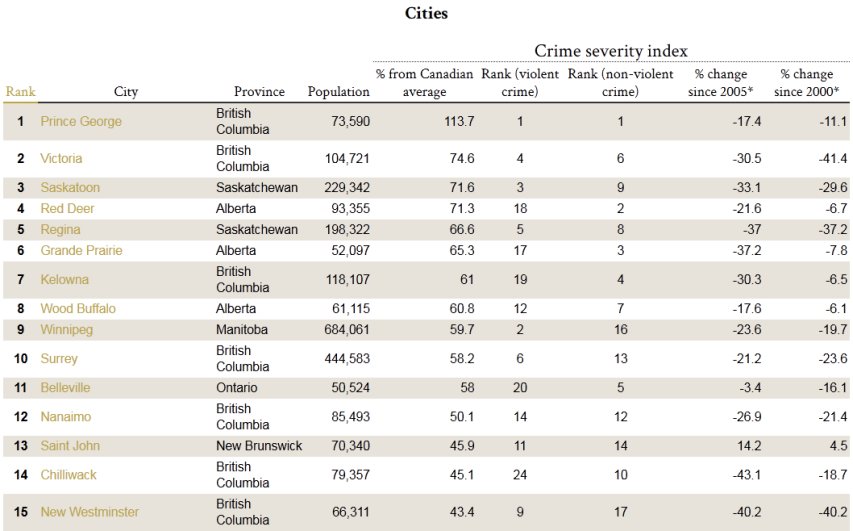Lorne Gunter in the National Post:
As I read the Toronto Star’s editorial about Statistics Canada’s recently released 2011 census population data, it was hard for me not to imagine a plump, aging diva reclining on a brocade-covered chaise wailing, “I’m still beautiful! Really, I am.”
Entitled, “Census shows a fading Ontario? Don’t count on it,” the editorial makes the argument that it is “too simplistic” to claim “Ontario’s day is over.”
No one is making the case that Ontario can be dismissed as an afterthought. That is a concern without a cause.
[. . .]
But before anyone jumps to the conclusion that I, an Albertan, am pleased by Ontario’s decline, I’ll add that any trend that bodes ill for Ontario, eventually bodes ill for the country as a whole.
Canada needs a strong, prosperous, confident heartland. The West may be the new engine of the national economy, but that doesn’t mean the country can afford to have the old engine — Ontario — be idle.
The Star insults the West’s ingenuity and determination when it scoffs that “it’s relatively easy to grow based on resource extraction. Ontario does not have the luxury of sitting on gas and oil fields, so the task here is much harder.” Really? Have the paper’s editorial writers ever tried to find, extract, transport and refine oil and natural gas? Do they imagine the stuff bubbles up out of the ground and we Westerners just run out with buckets to collect it?




